Online transactions on the rise;online banking in India up 78%: Ipsos study
Online banking usages in India has increased to 78 per cent (a jump of 43 per cent in 3 years), according to an online Ipsos study exploring the changes in shopping habits and environments.
Similarly making travel reservation online has increased to 72 per cent (a 32 per cent jump in 3 years) and buying books online has moved up to 61 per cent (a 9 per cent jump in 3 years), according to the study conducted by Ipsos Global Advisor in 24 countries around the world, interviewing more than 19,000 respondents.
In sync with global move towards online shopping and decline in usage and presence of physical retail establishments, India is seeing a surge in digital and convenience focused alternatives, though it does make exceptions when it comes to entertainment, banking and beauty regimes.
“Dual factors have brought about this behavioural change among Indian consumers: One, spurred by Modi Government’s resolve to encourage digital payments and going cashless in the aftermath of demonetisation, which pushed many Indians to adopt online banking for transactions. Secondly, Jio effect propelled many Indians to move to digital transactions as telecom giant Reliance Jio captured a large chunk of the market by its mass promotion of free internet time,” said Amit Adarkar, CEO, Ipsos India.
Globally, consumers report seeing fewer traditional “Main Street” businesses and taking the online route. The types of establishments that are most markedly vanishing from local shopping areas are: bookstores (reportedly seen less often by 39 per cent of the more than 19,000 consumers surveyed globally), newsstands (37 per cent) and furniture stores (34 per cent).
In contrast, globally people are reporting seeing more or just as many drugstores and pharmacies (73 per cent), stores or restaurants selling readily-prepared or takeout food (66 per cent), and any type of chain or franchise store (66 per cent).
Restless and outgoing Indians interestingly, are going more to banks (71 per cent), sit-down restaurants (70 per cent), stores selling readily prepared takeaway food (70 per cent), drugstores and pharmacies (68 per cent), hair and beauty salons (65 per cent), movie theaters (65 per cent), coffee houses and coffee bars (64 per cent), and any type of franchise stores (60 per cent). Though less on their radar are bars and pubs serving liquor (42 per cent), furniture stores (51 per cent), etc.
“While there is a sort of desertification of “main street” in more evolved markets across the US, Europe and Latin America, Indians likely to be out and socialising during personal time. It’s a paradox. Online has caught on, but physical visit to bank, markets, bookstores, restaurants is the mainstay here, “added Adarkar.
Some interesting trends in other global markets
- A quarter of global respondents (25 per cent) say they have seen more stores and restaurants selling readily-prepared or takeout food in the last three years.
- Nearly two in five Colombians (79 per cent) say they have seen more stores or restaurants selling readily prepared or takeout food, narrowly passing China (78 per cent) and Mexico (78 per cent). 70 per cent Indians reported a similar trend.
- Notably, the same number (25 per cent) say they have also seen more empty or vacant stores.
- In Japan and Great Britain, 65 per cent say they have seen more empty or vacant stores more often than they did three years ago, closely followed by Spain (62 per cent). For an upcoming organised retailing country like India, only 41 per cent said they have seen vacant or empty stores.
Sparking these changes in local shopping areas, consumers report shopping online more often than they did three years ago:
- On the whole, consumers in China, Great Britain, and Poland are those most likely to report shopping online more or as often as they did three years ago; close on the heels, 65 per cent Indians say they would shop online. Peru, Hungary and Serbia tend to show the lowest proportions of consumers who say so.
- Globally, only 45 per cent people report banking in person more or as often as they did three years ago; nearly three quarters of people from the 24-country Ipsos study report banking online more or as often as they did three years earlier (71 per cent); 78 per cent Indians too report banking online.
- Globally, the list of in-person purchases, 77 per cent report buying food in person more or as often as they did three years ago. This is followed by 71 per cent for shopping at large retail stores and 67 per cent for shopping at small retail stores.
Though shopping environments continue to change, those effects do not impact self-reported personal care and social activities evenly. Many still report going to beauty salons (57 per cent), going to bars (51 per cent), and eating at restaurants (50 per cent) more or as often as they did three years earlier.
About the Study
These are the findings of a Global Advisor survey on shopping behaviours. In total, 19,000+ interviews were conducted between September 22 and October 6, 2017 among adults aged 18-64 in the US and Canada, and adults aged 16-64 in all other countries.
The survey was conducted in 27 countries around the world via the Ipsos Online Panel system. The countries reporting herein are Argentina, Australia, Belgium, Brazil, Canada, Chile, China, Colombia, Hungary, Italy, France, Germany, Great Britain, India, Japan, Mexico, Peru, Poland, Russia, Saudi Arabia, Serbia, South Africa, South Korea, Spain, Sweden, Turkey, and the United States.
Between 500 and 1,000+ individuals participated on a country by country basis via the Ipsos Online Panel. The sample was 1,000+ in Australia, Brazil, Canada, China, France, Germany, Great Britain, Italy, Japan, Spain, and the United States. In all other countries the sample was 500+.


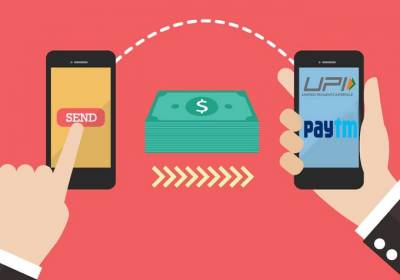

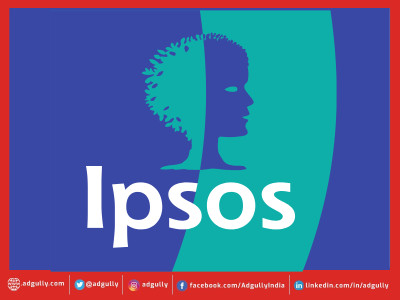
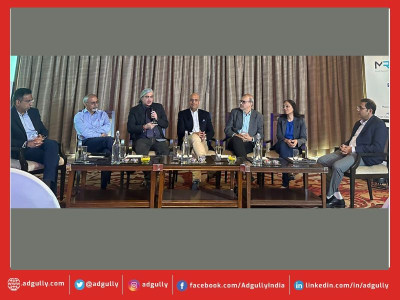

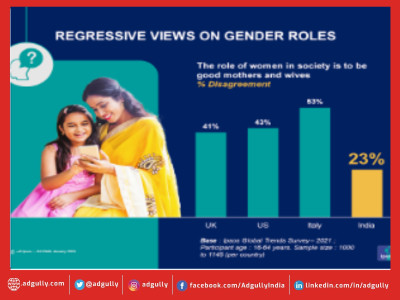
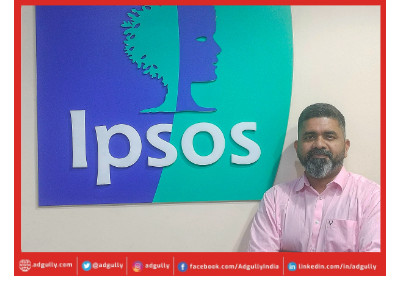
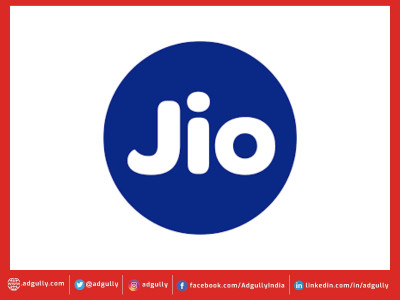
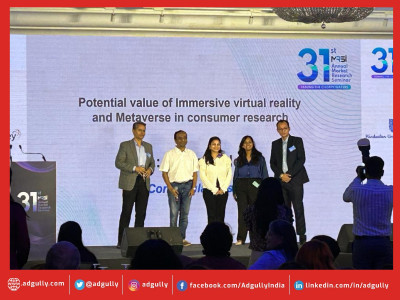





Share
Facebook
YouTube
Tweet
Twitter
LinkedIn